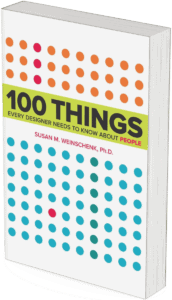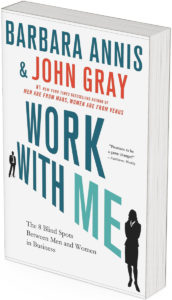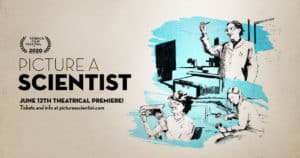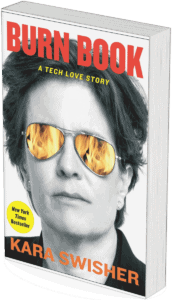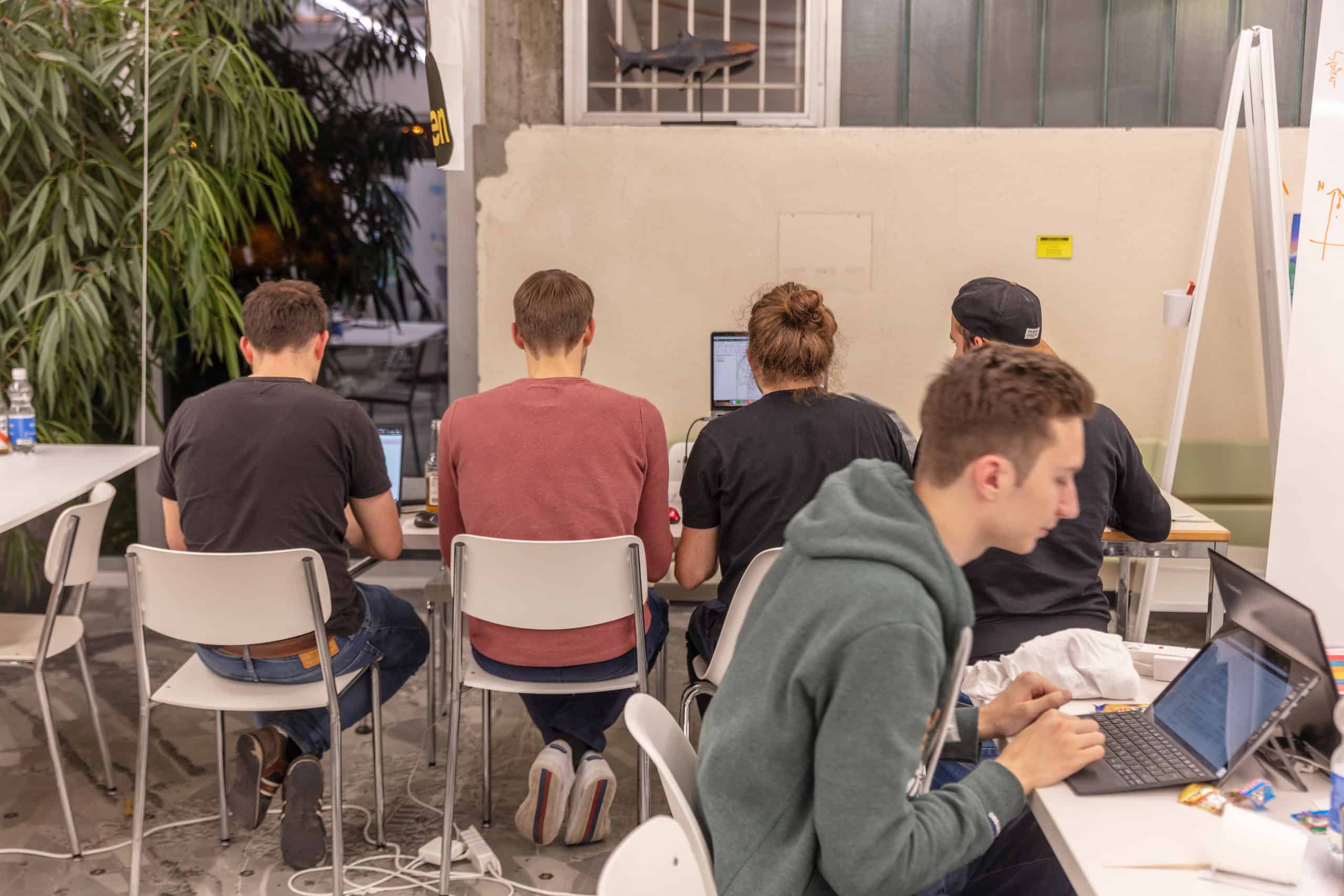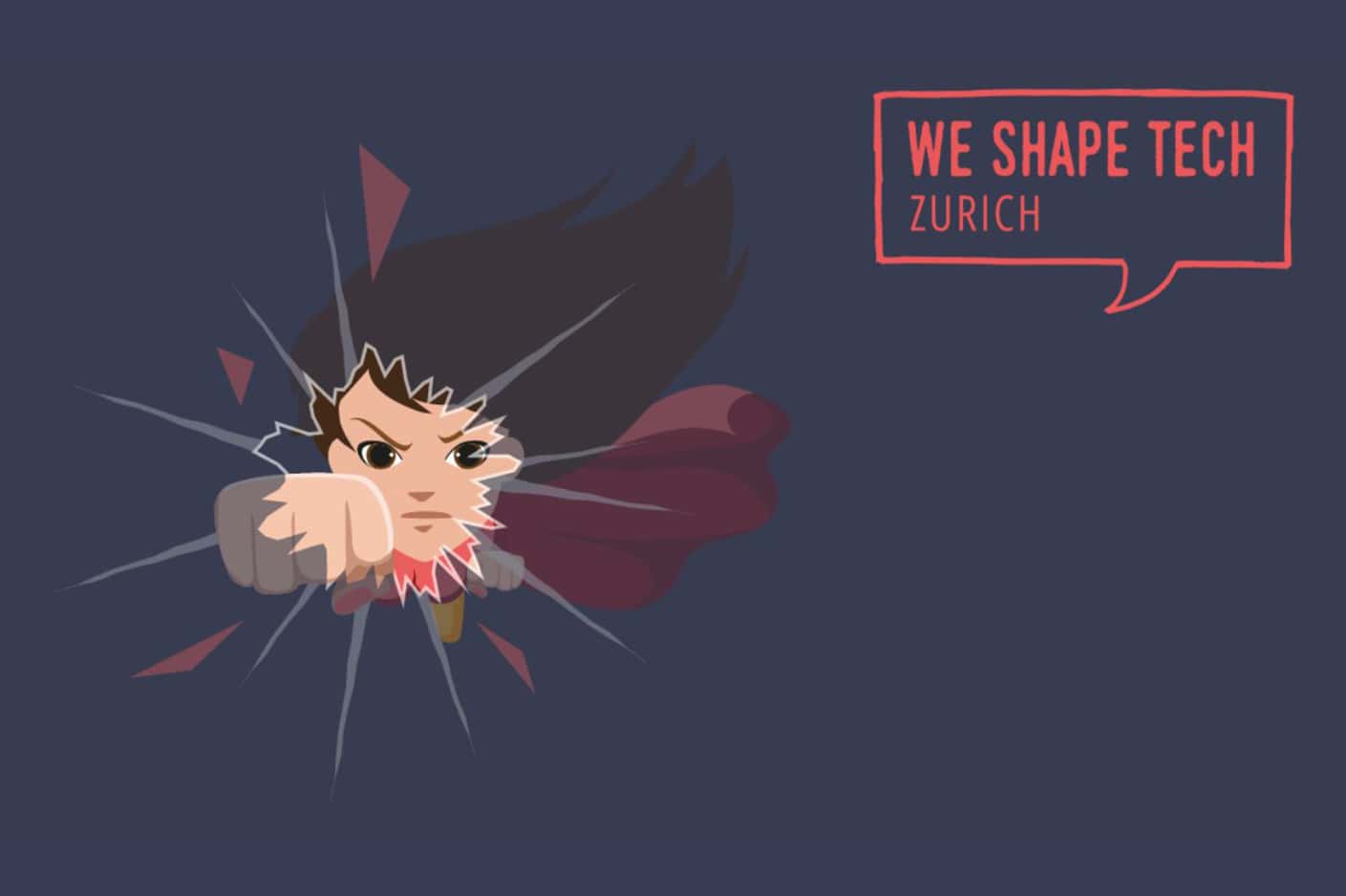Every month we ask one individual in our network a few questions about their way into tech, their motivation and their lessons learned.
Let’s start from the beginning. Tell us about where you’re from!
I am a Romande from the French-speaking part of Switzerland, born in a second generation Italian family 45 years ago. I left Lausanne around 19 to settle down in Zürich, as I was totally seduced by the idea of studying design and technology, which was not possible in the Romandie, 26 years ago.
Zürich city itself fascinated me: multicultural, active, and urban. I could never leave it. Therefore, “La Romande” studied multimedia (animation, design, and code). I initially worked in banks’ IT departments and then later on, as a creative coder for web or advertising agencies.
In these creative companies, I flourished by spending my days creating interactive front-ends. I have to admit, I spent nights reading and researching about art and design, in books, on the web, and even in films. I became a real visual nerd, which brought me to curate design at exhibits like Grafik Schweiz and to co-organize UX-events.
12 years ago, the key moment in my life came: I decided to devote myself solely to interface design. I continued with studies in an artistic direction, followed by a master’s degree in human-computer interaction design.
What valuable advice did you get from your parents?
My mother told me that if you are passionate and hardworking, you can reach heights but there will always be people to put obstacles in your way. “So, even if you are knocked down, you have to get up and continue. Never give up what you love because of others, courage is in your DNA.”
This served me well because in the past, I was often one of the only women in IT departments and in the design field the competition is high.

Today, women often still have to make their way, not only in IT but also in design leadership.
How did you become interested in tech?
I grew up surrounded by technology in my father’s industrial and robotic workshop. I watched him write code, create 3D models, and prototype mini-transporter robots.
I was 19 years old when I dissected my first banking software. The bank just released a credit application in Java, and we just got the first Microsoft computer in the office. I started to list forgotten or erroneous service procedures and bugs. Three months later, I found myself in the IT department. At that time, I already had the first HTML and Javascript books which I knew by heart.
Later, while spending time in a Zürich bookstore, I discovered the PAGE magazine which combines design, code, print, and web trends. Flipping through the pages, I understood that this is my professional vocation and that it would become the passion of my life as well.
You deal with interaction design, i.e. how to design the human-machine interface. What appeals to you about this work and how much “tech” is really in your work – or is it more psychology?
As a Product Designer, 50% is design thinking and drawing, The magic happening inside me when I see amazing webpages, apps or robots moving, is like being a moth attracted to light. The color combination, shapes, movements, and sounds trigger me. The same can happen in nature, or while riding a bus, observing my surroundings and people. My brain starts to imagine, and I draw or note my own ideas. Intelligent objects, beings, and challenges are everywhere.
I have a knack for solving problems creatively, like to work on details, trying many solutions using software but also exchanges with humans about how they feel and understand it. I am using, tech and psychology equally to improve ergonomy and desirability. Some other designers are specialized in a concrete discipline like full researchers, architects or prototypers. In this case, the percentage of tech or psychology can rise to 75%.
What qualities are needed to understand the interaction between man and machine?
At the core are observation, empathy, curiosity, abstract thinking, and love for complexity. In addition, collaborative behavior, and open-minded thinking to be able to consider many opinions are necessary, too.
You will need other people’s experiences and faculties, these need to be combined to create THE complete flow between human and machine. The goal is to be able to understand the mechanisms in order to develop a natural and intuitive exchange. It is technical, visual, physical, and mental.
My advice is to keep the will of trying again and again, throwing out everything, beginning from scratch, exploring new things, and ignoring the limitations you build up in your brain. Use your hand and materials to draw, sketch, note and build.
Have you ever had a role model that inspired you on your path?
When I was young, I was impressed by Cleopatra as she was ruling over Egypt as a queen without a king. She knew how to get power through her strategic thinking, but also with her beauty and elegance. As an adult, Vivianne Westwood inspired me because of her punk-freedom attitude, having no fears to be avant-gardist, along with her activism to protect our planet.
What aspects of your work are you proudest of?
The fact that we can invent something new, that didn’t exist before, and that will serve thousands of people in their daily life. Like creating products people will have fun using or will help them achieve unpleasant tasks. In the end, it means seeing a smile on the face of a person.
What drives you at work?
Pushing the boundaries and being innovative with ideas coming from nowhere is what drives me. At the same time, it is like being a detective and exploring the human mind. Using my color palettes like a “Michelangelina”, so to speak, to create a “wow wow wow” thing that will surprise.
What has been your toughest challenge you faced while working in tech?
My biggest challenge is constantly asserting myself in the still male-dominated environment, getting respected, and being taken seriously.
Another thing is that customers here in Europe are often looking for innovative and creative people, but in the end, only want ordinary and conventional-looking solutions. This can be very frustrating, especially if you are a pioneer with an avant-garde spirit.
Do you have a favorite book or podcast?
How to choose one? There are so many brilliant artists, and writers on this planet, my shelves are full of books. Nevertheless, art history, psychology, and typography books are central to me and definitely my favorite ones.
The podcasts I listen to are about humanism and spirituality, as I strive to understand and support human beings as much as I can. I follow the Nielsen Norman Group awards, conference talks and Malewicz on Youtube. By the way, I started to podcast for the IxDA Stories this year. This could be of interest to you.
What advice would you give other women in tech?

Do not tolerate sexism or bullying towards women, this means also to not hesitate to report abuse. The mindset still needs to change, as even if the shift has already started, we are not done.
Continue to build up your knowledge, don’t give up, and stay curious.
And what advice would you give women not yet working in tech that want to enter the field?
Well, first using themselves tech products, doing a lot of reading and research about it.
Try to find out which part of tech you would like to work in and which kind of duty you would love to take over.
Ask others about their experiences and try different things before deciding what is right for you.
And no, it’s not only a boy thing! This is an old myth and has nothing to do with reality. Nowadays, digital is so broad and tech is everywhere in different forms. The possibilities and skills are multiple. Ladies, you could join as teacher, robot trainer, funny kids’ games maker, or even become a test driver of the cars of the future.
What is your next move?
Work on design solutions to reduce pollution, plastic use, and the excessive consumption of animals, as food or material.


